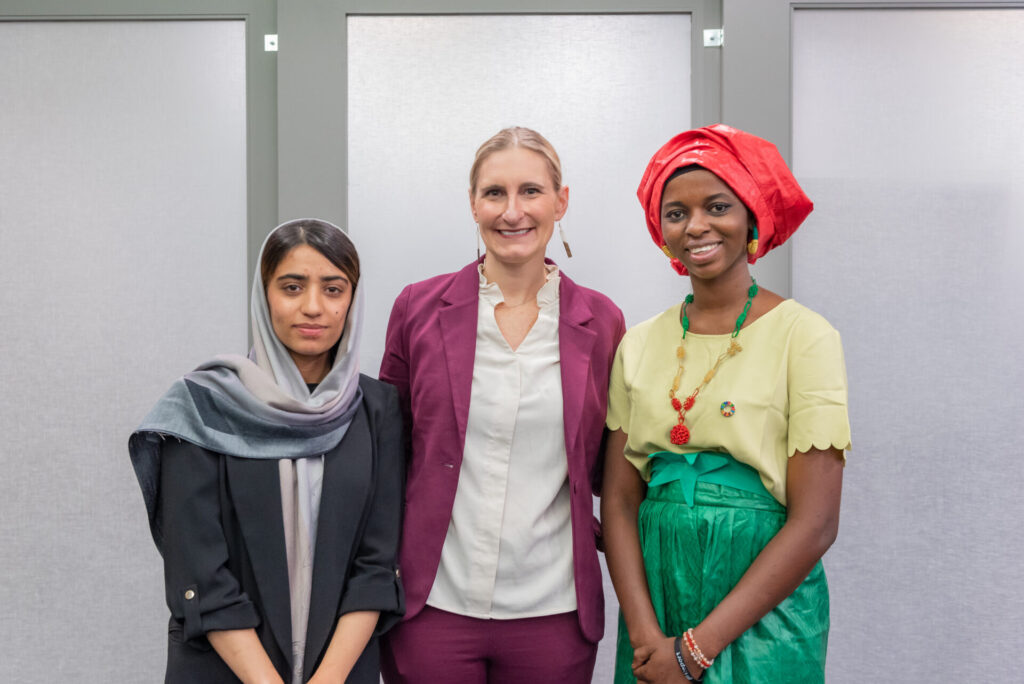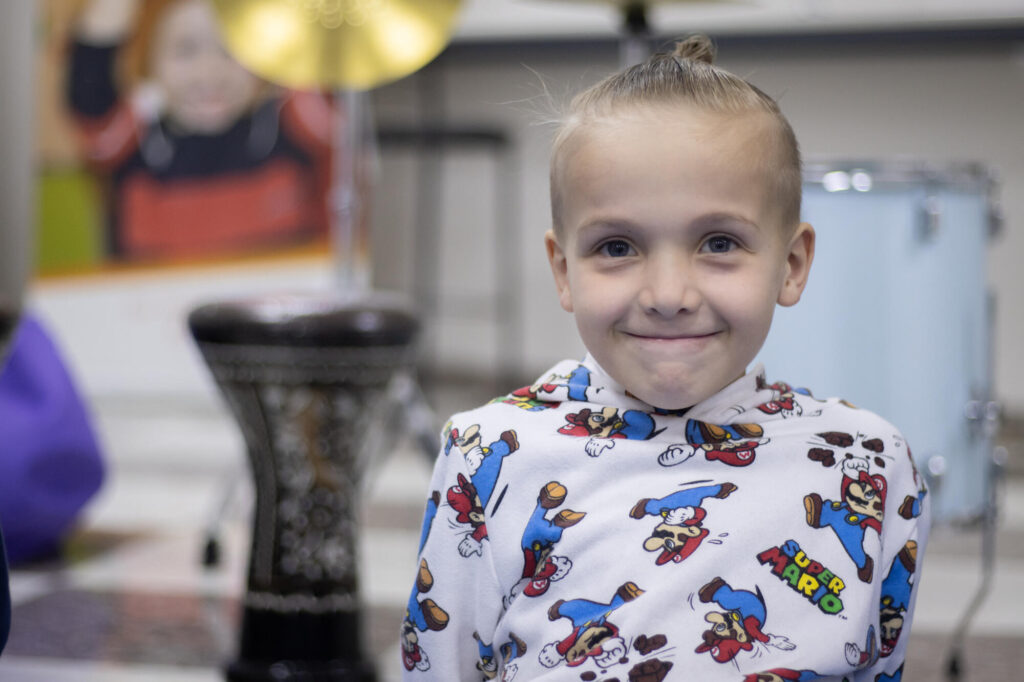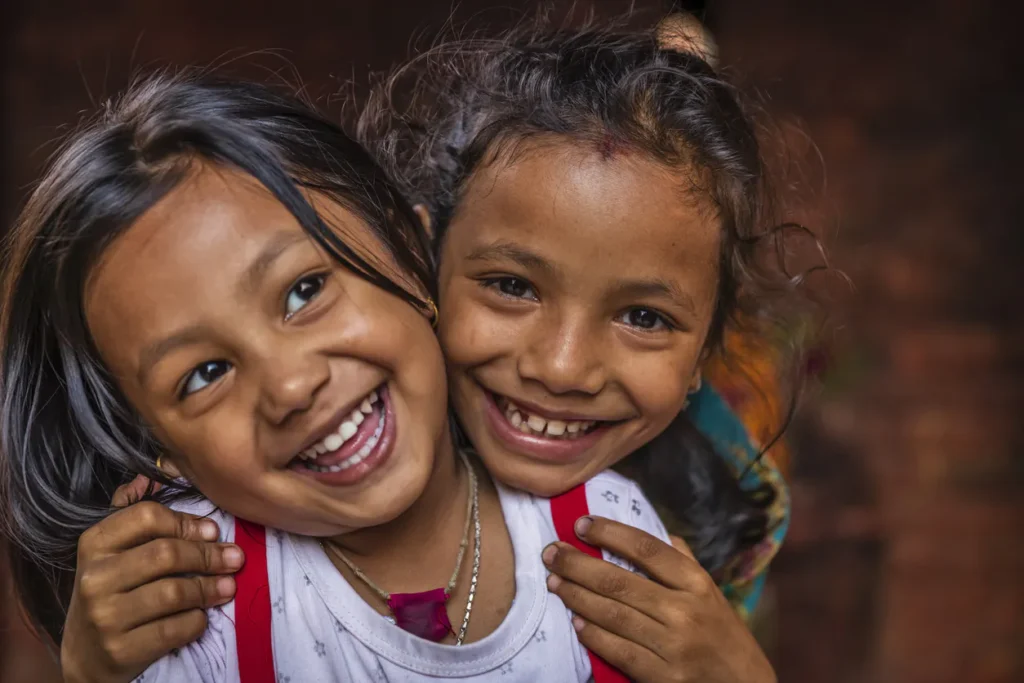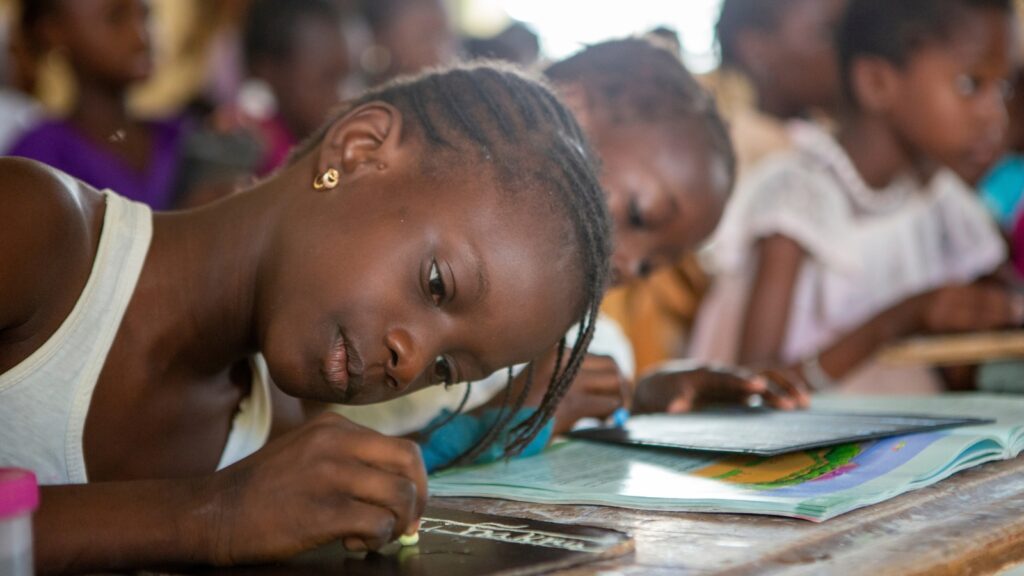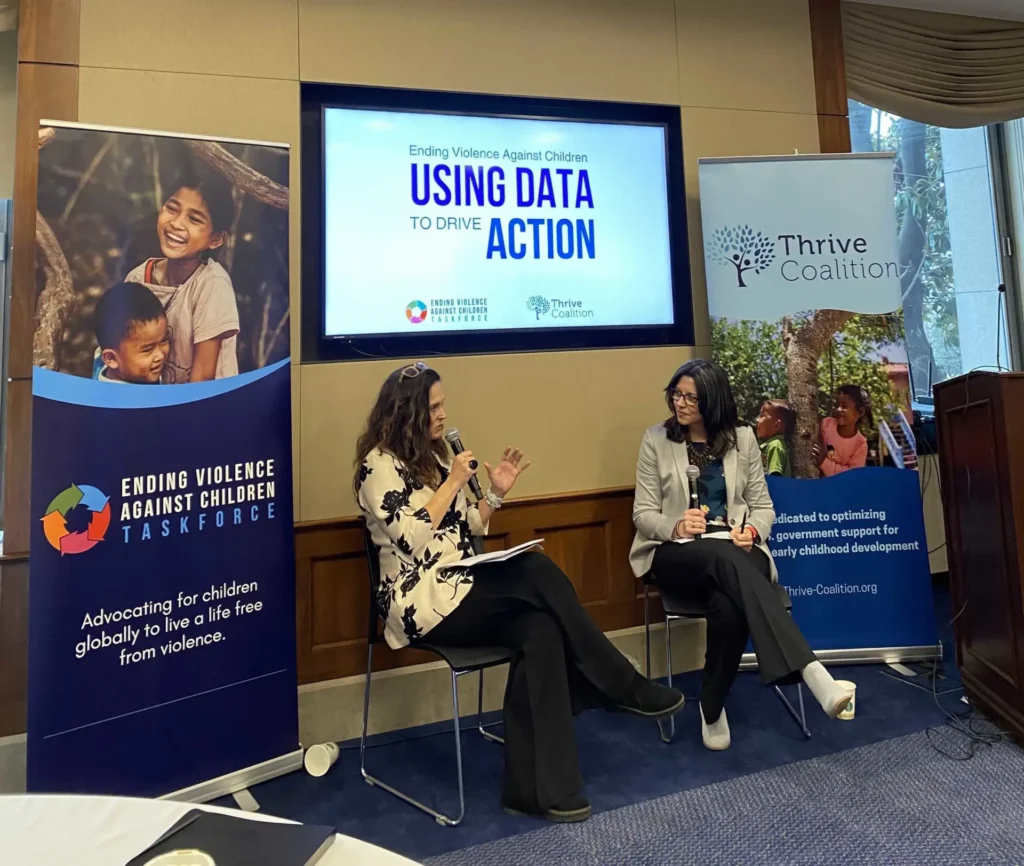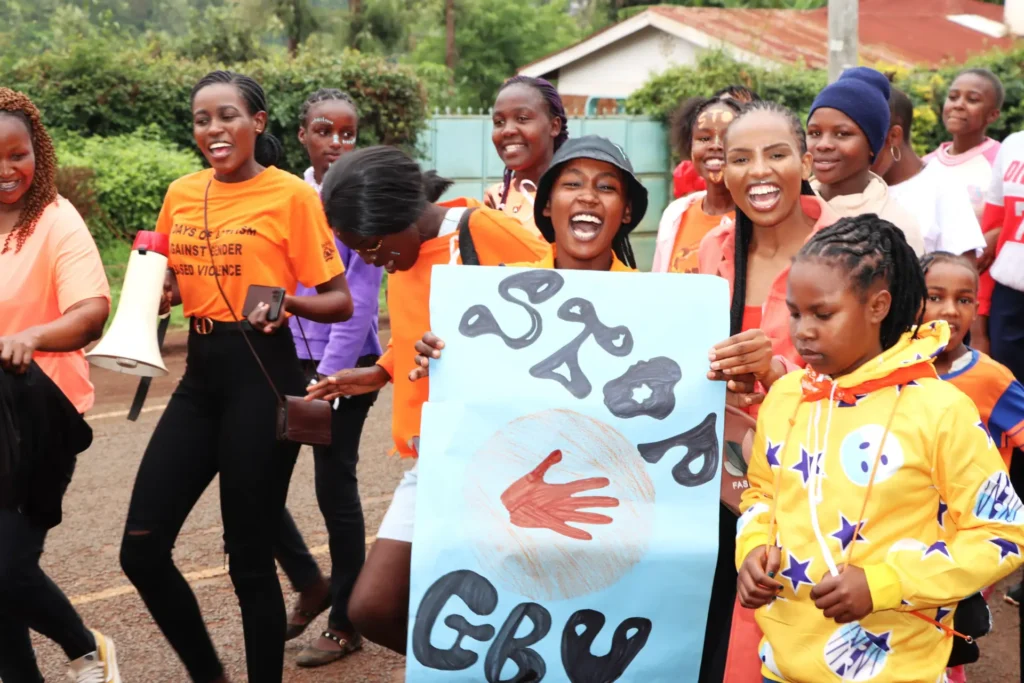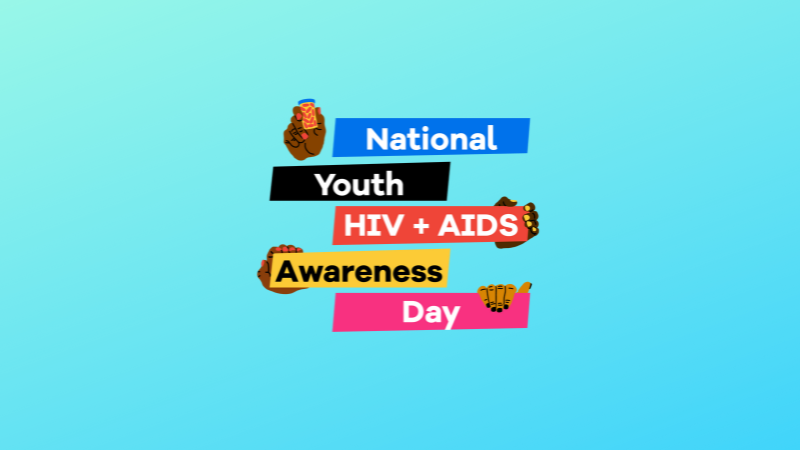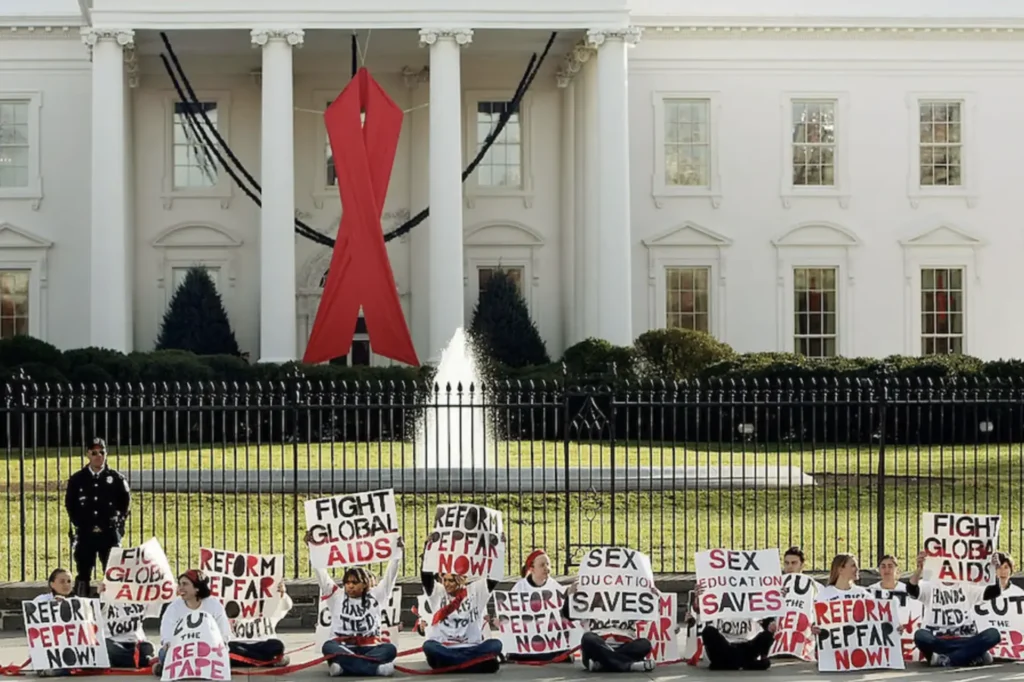Our Solutions

A Better Future Starts with Investing in the Present
There are an estimated 3.2 billion children and youth alive today. There are 2 billion children ages 0 to 14, and an additional 1.2 billion young people ages 15 to 24 living through the compounding crises of conflict, a changing climate, and COVID-19’s the lasting ramifications. Of those 3.2 billion young people, 2 billion are under the age of 14. This is the largest population of young people that the world has ever seen. To ensure that they have the tools, skills, and safety to thrive, the U.S. government must prioritize investments in them today. Many are facing unimaginable hardships. In fact, 1.2 billion 15-24 year olds live in areas actively engaged in conflict, making it hard for them to safely develop, access education, and prepare for successful adulthoods. Without global action to prioritize their needs now, the consequences will be felt for generations to come.
The whole child approach: a common-sense solution
Globally, far too many young people are grappling with unprecedented rates of violence and insecurity, and a growing lack of access to quality educational and economic opportunities and physical and mental health services. This includes the alarming escalation of online violence, adding a new dimension to the challenges they face. The impact of catastrophic wars, natural disasters and ongoing displacement continues to disrupt families, often leaving children without parents or caregivers and access to key services.
In light of these evolving challenges, urgent action is required to reassess priorities in U.S. foreign assistance funding, policies, and programs. Strong leadership, enhanced collaboration across government actors and sectors, and the acknowledgment of youth as equal partners are essential. The U.S. has an opportunity to make a transformative impact on the current generation of children and youth, shaping a more secure and promising future for those that follow.
At this pivotal time, we urgently need a common-sense whole child approach to U.S. foreign assistance funding, policies and programs that recognizes the critical, interconnected needs of children and youth everywhere.
We are calling on the U.S. government to take critical steps to make children a top priority. That includes:
Policy Proposals
Recognizing that bold action for young people requires specific recommendations, civil society has compiled the following recommendations for U.S. policymakers:
In the News
More than half of the global population is under 30, and 90% of this generation—the youngest child and youth population in history—live in less developed countries. Although children and youth are not prioritized by the U.S. government in ways that one might expect given the outsized impact this generation will have on the world, there are still many illustrative examples of programs and activities funded by the U.S. government. Dive into our partners’ latest media pieces, exploring initiatives supported by the U.S. government and analyzing its approaches for young people.
